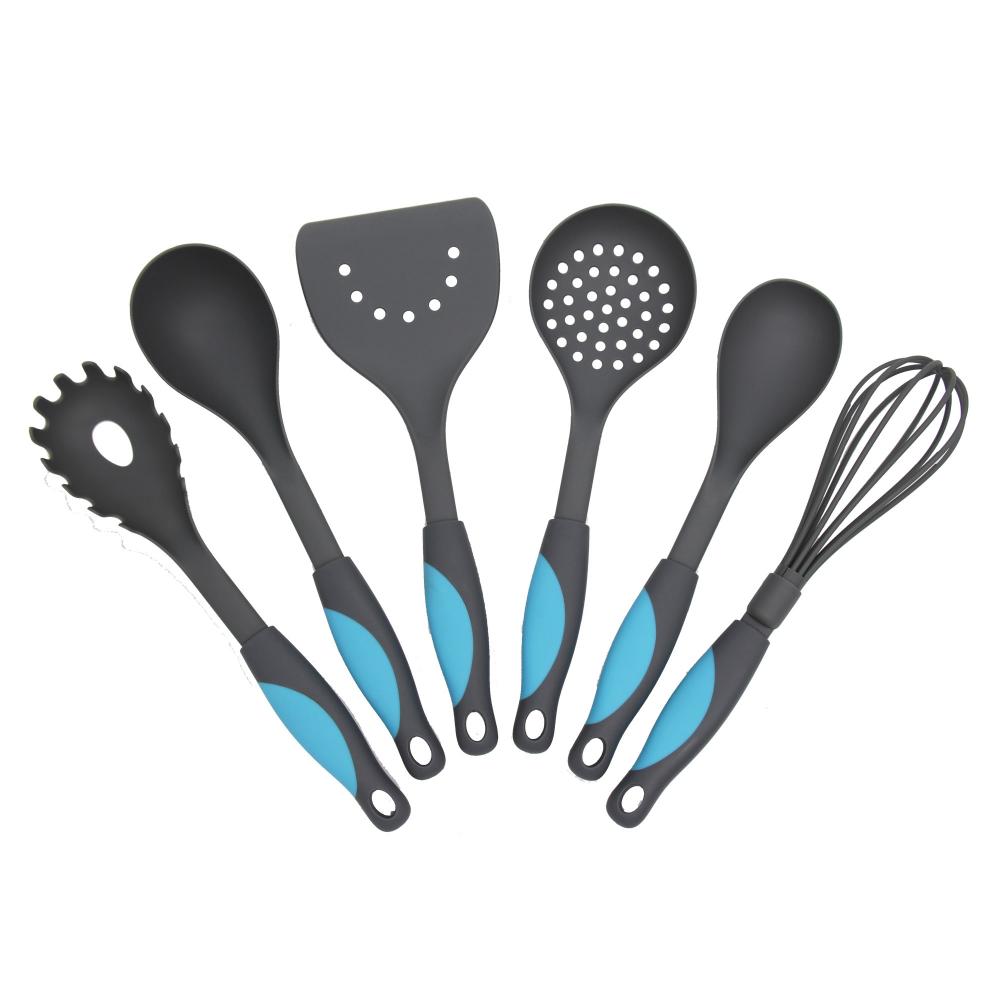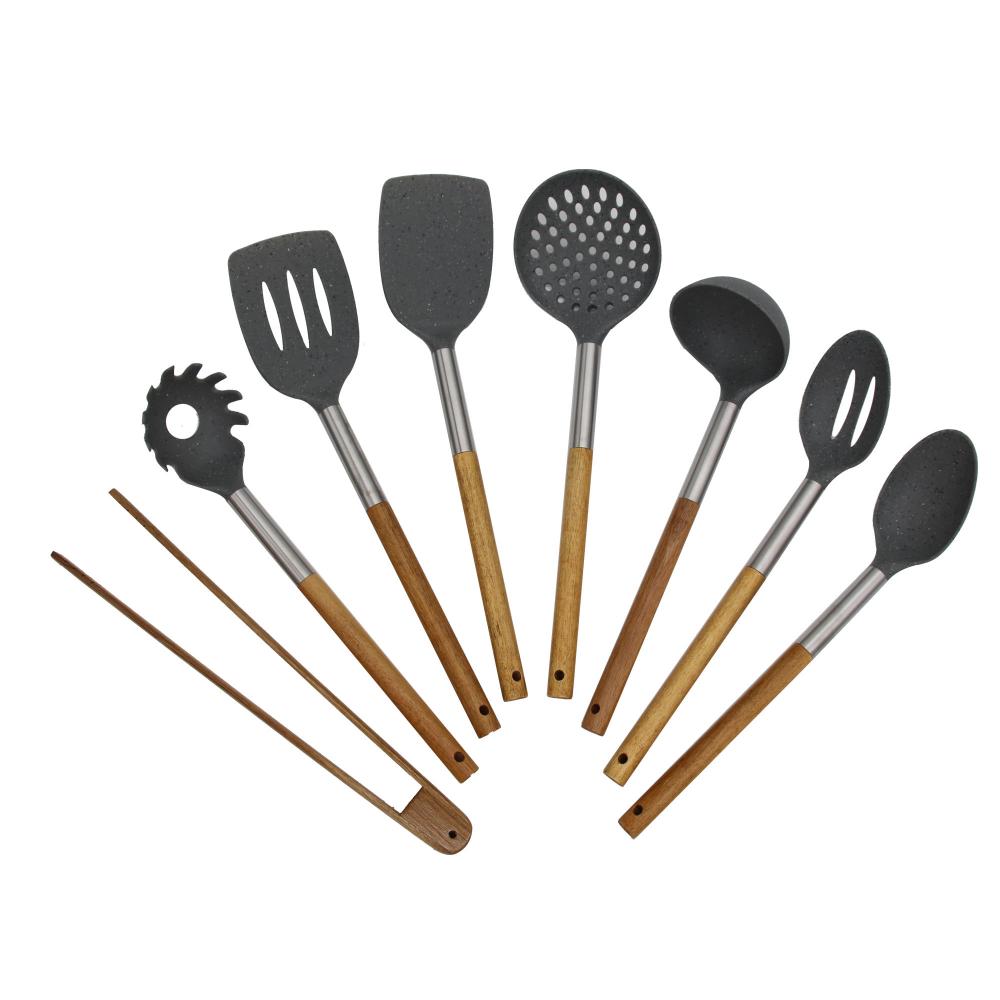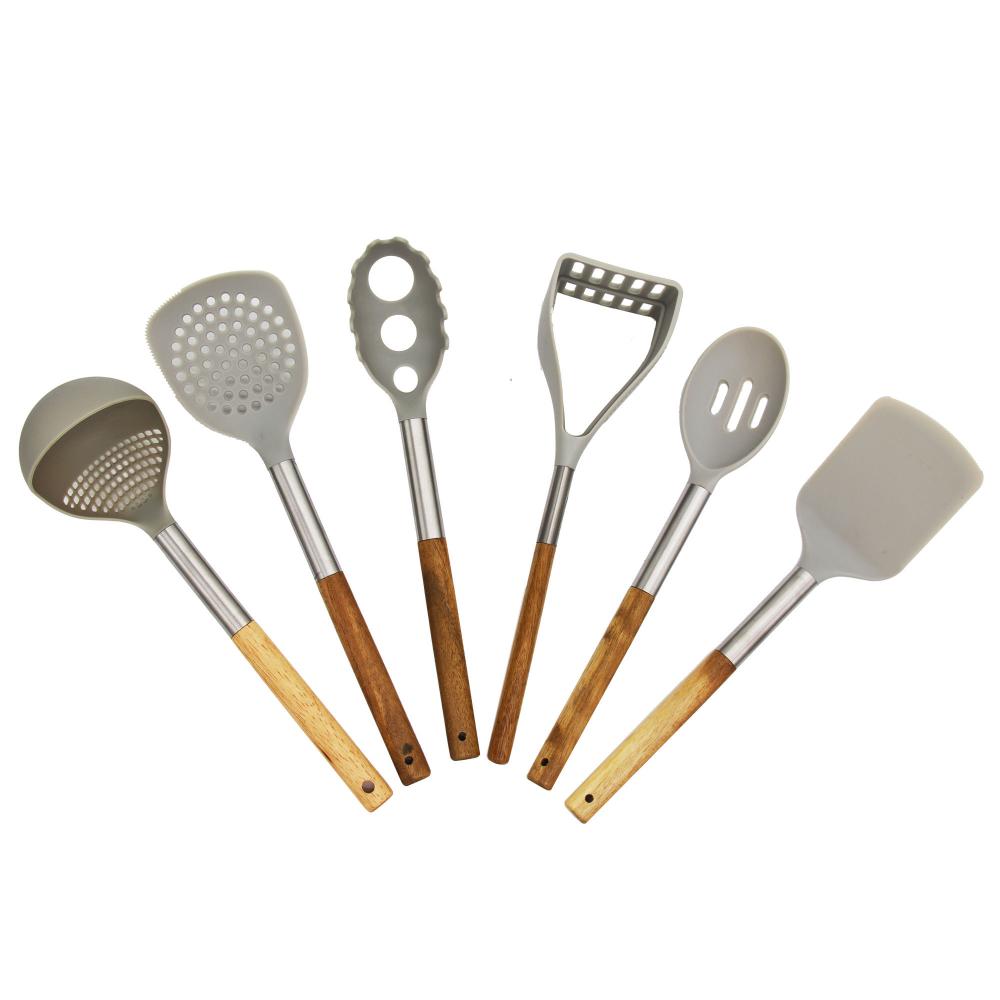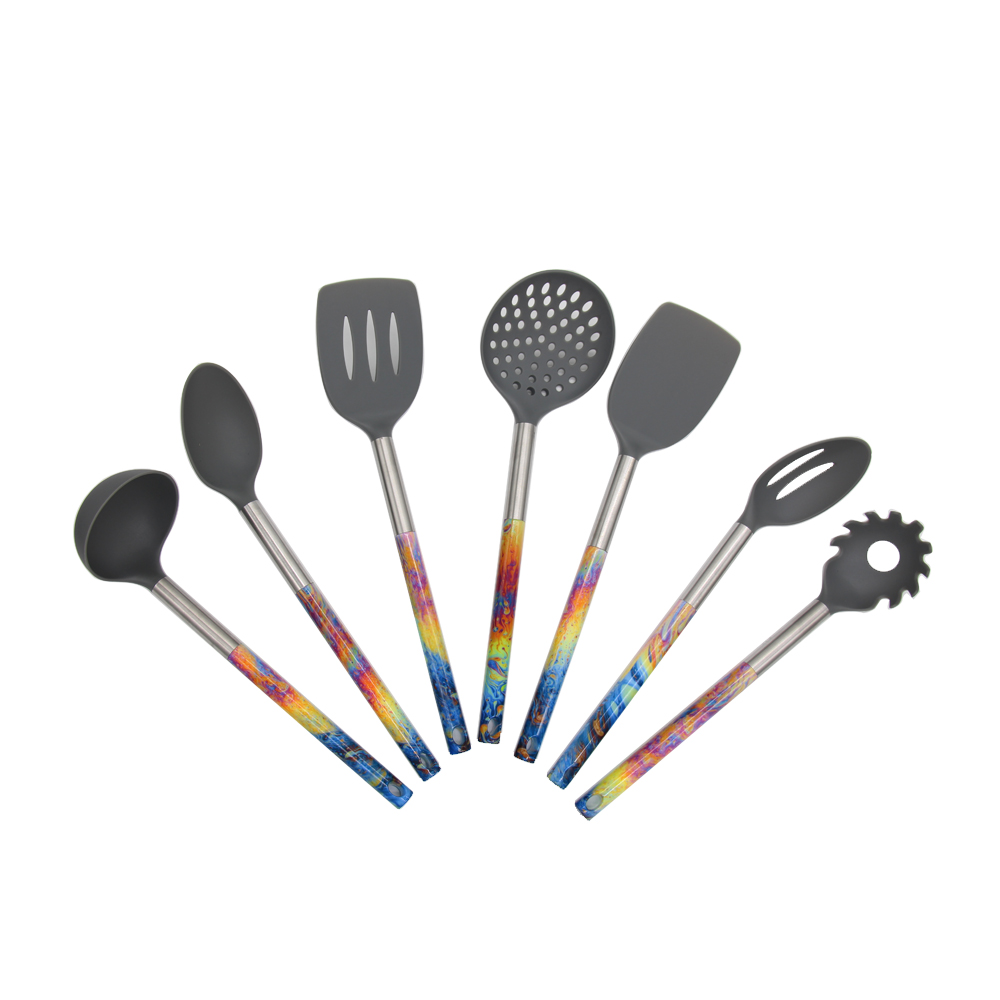In print design we can find these density ranges in a variety of related publications very conveniently: as described in the FIRST and SWOP standards. The three primary colors of ink are mixed in different proportions to obtain the desired color spectrum tone values. The correct density and balance of the three primary inks printed on the substrate are directly related to the print designer. Although printing design operators can only measure and set the ink density within a limited range, these density ranges can help the printing designer to obtain a wide range of overprint ink colors, regardless of whether the ink is transparent or whether the substrate is pure white.
The ink density range in the printing design according to the instructions can be used for any ink overprint sequence, ie YMC, YCM, CMY, CYM, MCY or MYC. But does the printing design produce the same color for each sequence? Actually not, even if the density of the field is controlled at an absolute value, each overprint sequence in the printing design will produce different overprint colors of red, green, and blue, because the printing ink formulations on each printing design have different properties, such as influence. Coverage ink opacity. Therefore, the surface energy of the ink-dried film layer printed first (printing design) will affect the wet ink adhesion characteristics of the post-printing (printing design).
The yellow pigments have poor coverage, and the magenta and cyan pigments have good coverage. However, the yellow pigment ink has a high surface energy.
The first step in color management in print design is to determine the best ink overprint sequence and density balance that can provide a high color rendering range.
For example, in the three corners of the hexagonal color diagram, the ideal three-primary ink (YMC) is on the three corners, and the overprinted composite color (RGB) is on the other three corners. The center of the hexagon is the neutral color (white to gray). To black). The greater the color strength of the ink, the closer it is to the corners and the farther away from the neutral color.
The GATF association developed a simple color hexagonal color map many years ago to visualize the ratio of different colors. Densitometers can display color differences by measuring hue deviation, grayscale, and overprint colors and compare them with the three primary colors.
Ink density range control method
Sturdy handles are solid yet light in the hand and comfortable to grasp
Heat safe to 400 degree Fahrenheit (whisk excluded)
Dishwasher safe for extra convenience
All utensils are hanging on one easy to open and close ring, so you can keep your most common Kitchen Tools conveniently available and easy to find, whether its hanging on a hook or in a drawer.





Nylon Kitchen Utensils
Nylon Kitchen Utensils,Nylon Kitchen Cooking Utensils,Nylon Kitchen Utensil Set,Colorful Nylon Kitchen Tools
YANGJIANG TOALLWIN TRADING CO., LTD , https://www.toallwin.com